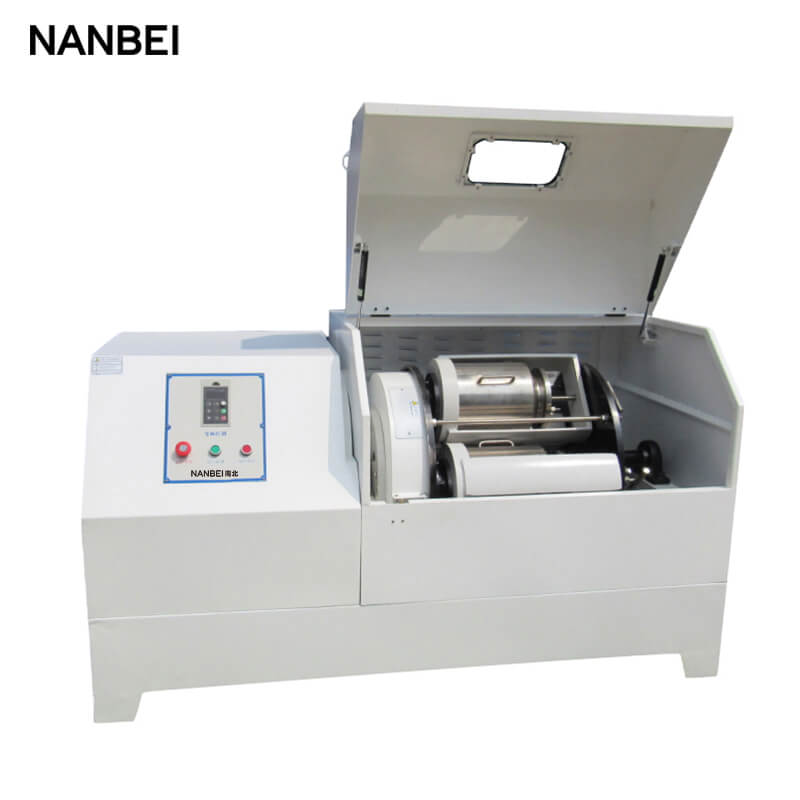
 Jul 28,2023
Jul 28,2023
The planetary ball mill is an instrument for pretreatment and grinding of samples in the laboratory. After the sample is coarsely crushed, it requires a planetary ball mill to achieve the fine grinding effect. So how fine can the laboratory planetary ball mill grind the sample?
First, there are too many types of samples that need to be ground in the laboratory, including metals, metal oxides, ores, soils, various chemical powders, catalysts, animal and plant tissues, cells, etc. The physical and chemical properties of each sample vary greatly, so it is impossible to judge all samples by the particle size that can be achieved by one sample.
In addition, the grinding time of planetary ball mill machine, the rotating speed of ball mill tank, the number of grinding balls and the size ratio are all factors that affect the particle size of the sample. Long grinding time, high speed of ball mill tank, and reasonable configuration of grinding balls are conducive to finer grinding.
The grinding method will affect the output particle size of the sample, such as dry grinding and wet grinding, conventional grinding and temperature-control grinding. Generally, after the sample reaches a certain particle size, such as single micron or nanometer, it is very likely that agglomeration will occur due to intermolecular forces. Although the required particle size may be reached during the grinding, once stop grinding, the required output particle size will be reached due to agglomeration. Adding a dispersant at this time prevents the sample from agglomerating, and wet grinding is equivalent to using water as a dispersant.
The characteristics of some samples are greatly affected by temperature. There are impacts and frictions during milling, which generate a lot of heat and make the temperature environment of the ball mill tank rise. The original characteristics of the sample change at high temperature, resulting in poor grinding effect. At this time, take measures to control the temperature of the ball mill tank to prevent the influence of temperature on the grinding of samples.
Generally, laboratory planetary ball mills can grind samples down to the micron level. For single micron or nanometer level, suitable grinding conditions such as wet grinding, low-temperature grinding are required.


 2020-Oct-29
2020-Oct-29

 2020-Oct-29
2020-Oct-29
